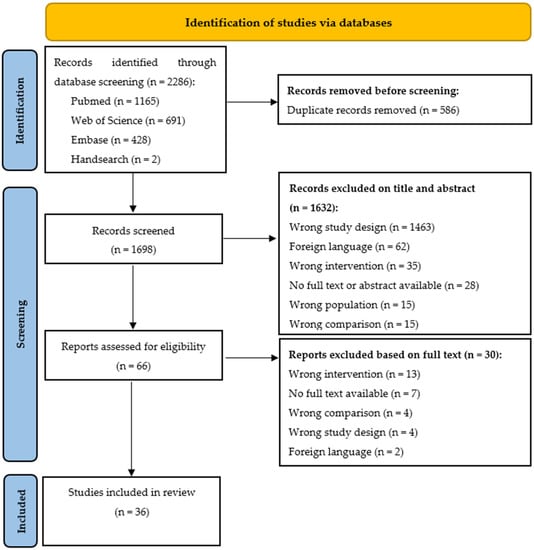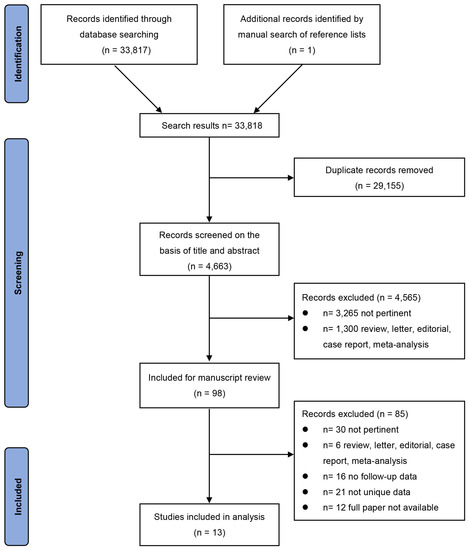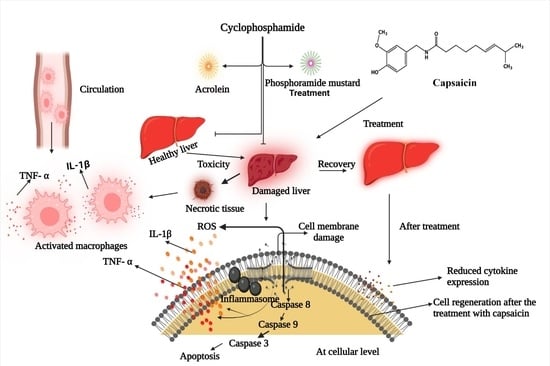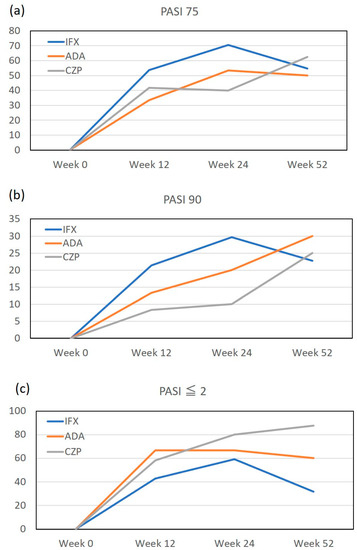J. Clin. Med. 2023, 12(3), 1206; https://doi.org/10.3390/jcm12031206 - 2 Feb 2023
Cited by 20 | Viewed by 4981
Abstract
Fecal calprotectin (FC) levels correlate with the disease activity of inflammatory bowel diseases (IBD); however, the utility of FC in predicting IBD relapse remains to be determined. We aim to evaluate the efficacy of fecal calprotectin in predicting the relapse of inflammatory bowel
[...] Read more.
Fecal calprotectin (FC) levels correlate with the disease activity of inflammatory bowel diseases (IBD); however, the utility of FC in predicting IBD relapse remains to be determined. We aim to evaluate the efficacy of fecal calprotectin in predicting the relapse of inflammatory bowel disease. We searched Pubmed (MEDLINE), Embase, Web of Science, and the Cochrane library databases up to 7 July 2021. Our study estimated the pooled sensitivity and specificity, summary receiver operating characteristic (SROC) curve, and the optimal cut-off value for predicting IBD relapse using a multiple threshold model. A total of 24 prospective studies were included in the meta-analysis. The optimal FC cut-off value was 152 μg/g. The pooled sensitivity and specificity of FC was 0.720 (0.528 to 0.856) and 0.740 (0.618 to 0.834), respectively. FC is a useful, non-invasive, and inexpensive biomarker for the early prediction of IBD relapse. An FC value of 152 μg/g is an ideal threshold to identify patients with a high relapse probability.
Full article
(This article belongs to the Section Gastroenterology & Hepatopancreatobiliary Medicine)
►
Show Figures














